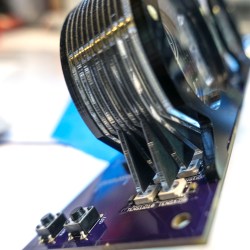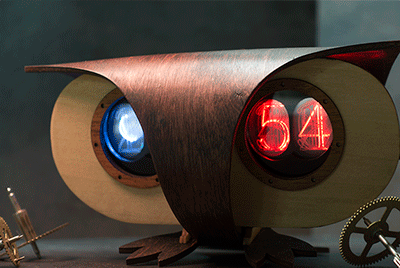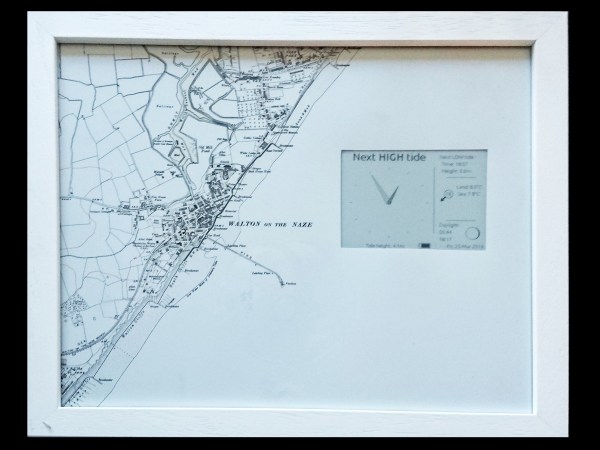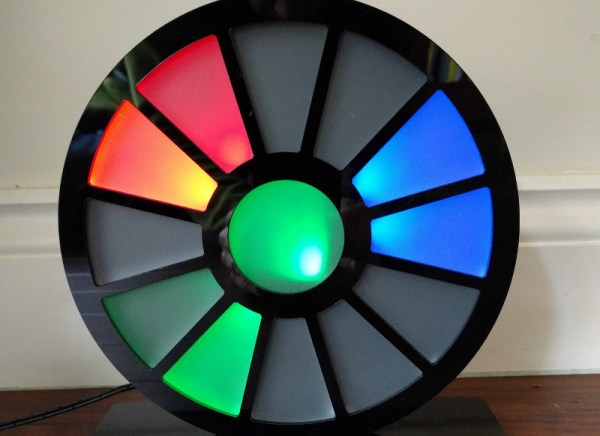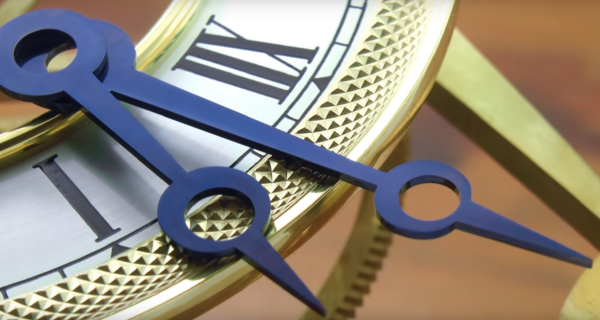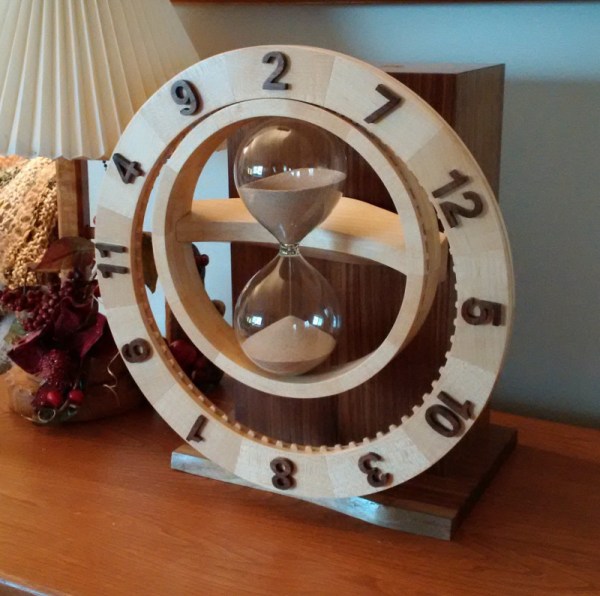Have you ever fancied a gadget but been put off by what seems like an excessive price? [leadacid44] did just that back in 2009, in his case the gadget in question was a Sony Dream Machine ICF-CL75iP. It’s an alarm clock radio, albeit a very fancy one featuring an iPod dock, SD card slot, and an electronic photo frame. Back then it was just too expensive, but in 2016 [leadacid44] spotted one on an auction site for pennies, and so snapped it up.
Of course, with something cheap there is so often a catch. In the case of this Dream Machine, it would not keep time — something pretty important in a clock. But rather than throw it on the “Hack later” pile, [leadacid44] decided to investigate, and turned up a surprising culprit. The glue Sony had used to secure the timing crystal in 2009 had become conductive with age, causing the oscillator to stop oscillating. A simple fix involving a bit of glue removal and a touch of resoldering, and the clock was back with us.
This was a very simple repair when the problem was diagnosed, but it tells us something about electronic product design, and about quality control. Sony have spent a very long time building a reputation for quality manufacture, and it is likely the Dream Machine was built with their full attention to detail. It is highly unlikely that the Sony engineers chose their crystal glue in the knowledge it would break down, after all the company is likely to make far more money selling a new TV or phone to a satisfied alarm clock owner than it is by selling them a new alarm clock. Instead it tells us that even Sony with a legendary attention to quality control can be caught out by unexpected component failures, and that as engineers we should always expect the unexpected.
So [leadacid44] has a new alarm clock, and presumably now always wakes up on time. It’s interesting to look at the Dream Machine from another perspective, to compare what was hot in 2009 with what you might see now. The Apple Dock connector for instance, or the full-size SD card. Both of which are now becoming historical curiosities, even though this device is not much more than six years old.
Over the years we’ve featured a lot of clocks, and even the odd clock radio. But this isn’t really about clock radios, and with that out of the way we’ve certainly featured a few Sony hacks.
